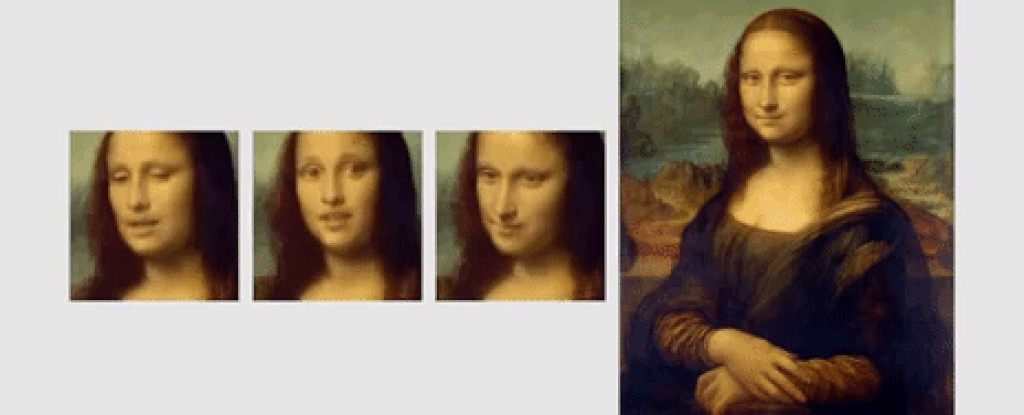IMHO, this Trump-Pelosi contretemps is tiresome and will blow over soon.
The far greater issue is the advancement of "deep-fake" video technology.
Deepfakes first entered the public eye late 2017, when an anonymous Redditor under the name “deepfakes” began uploading videos of celebrities like Scarlett Johansson stitched onto the bodies of pornographic actors...You and I, dear reader, may take comfort in that we are not public figures; there are relatively few pictures and videos of us that can be used for nefarious purposes. But are we deluding ourselves?
Celebrities are the easiest targets, with ample public imagery that can be used to train deepfake algorithms; it’s relatively easy to make a high-fidelity video of Donald Trump, for example, who appears on TV day and night and at all angles....
The concern is that a cleverly crafted deepfake of a public figure, perhaps imitating a grainy cell phone video so that it’s imperfections are overlooked, and timed for the right moment, could shape a lot of opinions.
Samsung's "deep fake" algorithms can create a video talking head from a single photograph. Below is a demonstration using a well-known portrait.
 |
| (Gif from sciencealert.com ) |
One silver lining is that the subjects of embarrassing revelations can plausibly claim that the "evidence" is made up. If some of it is untrustworthy--and we don't know which part--then all of it is. And maybe, just maybe, this will lead the viewing public to do more thinking for themselves.
No comments:
Post a Comment